Sarah Morris’ Osaka city symphony
In Sakura, the artist creates a poetic montage through various architectures of the city as the blossom falls.





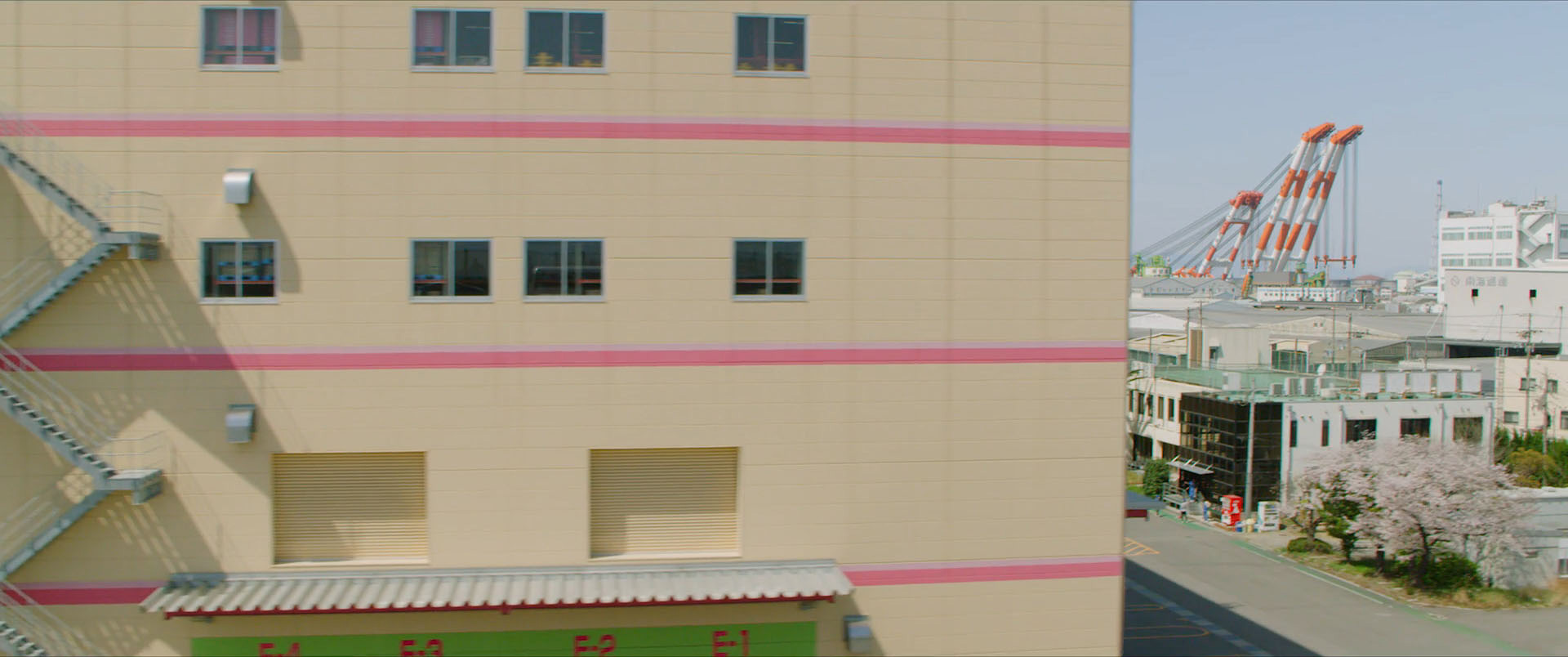
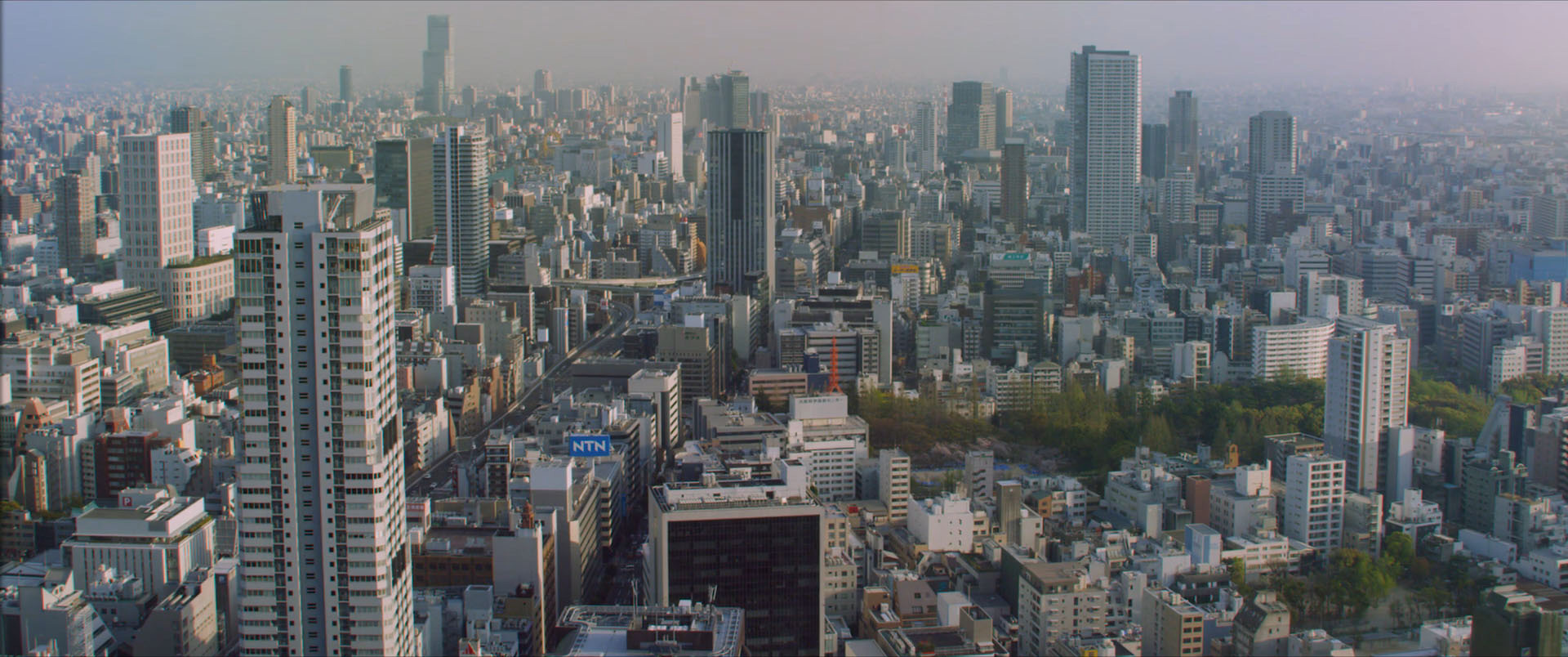
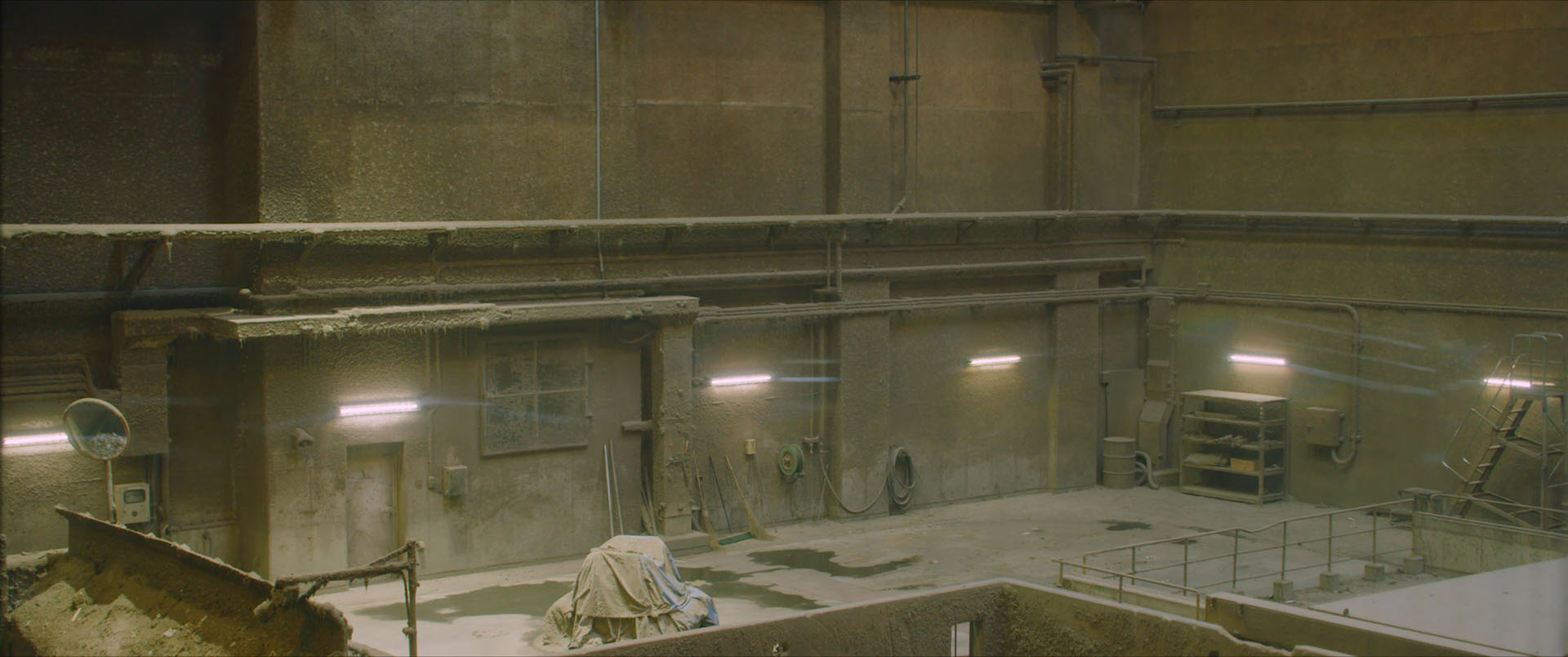

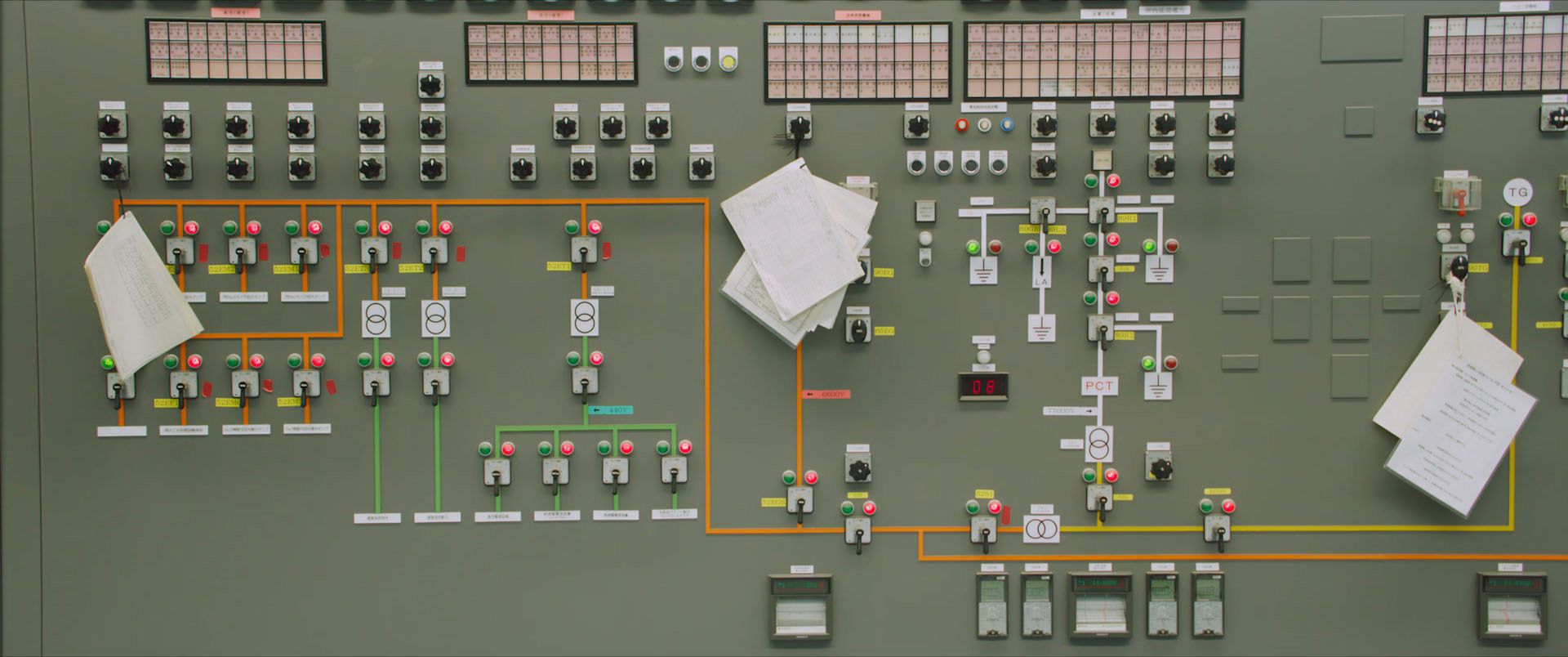
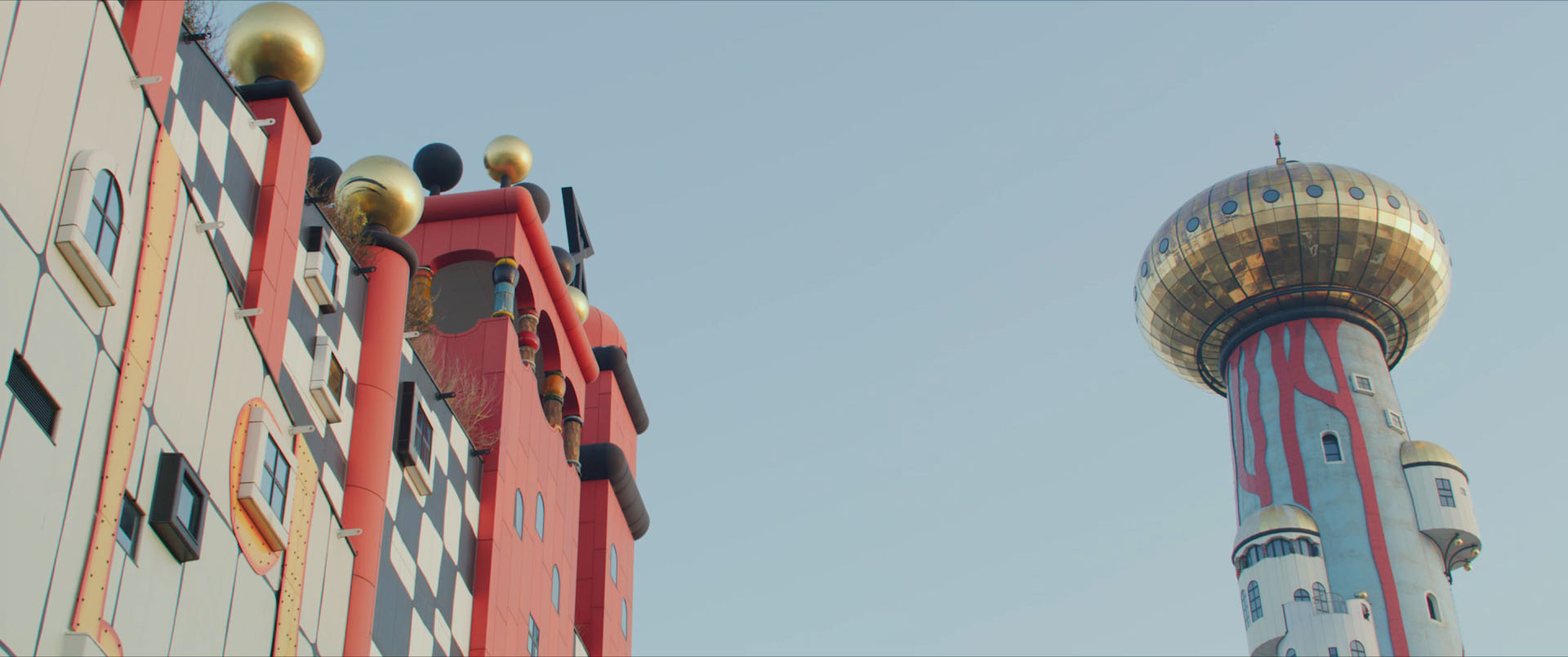

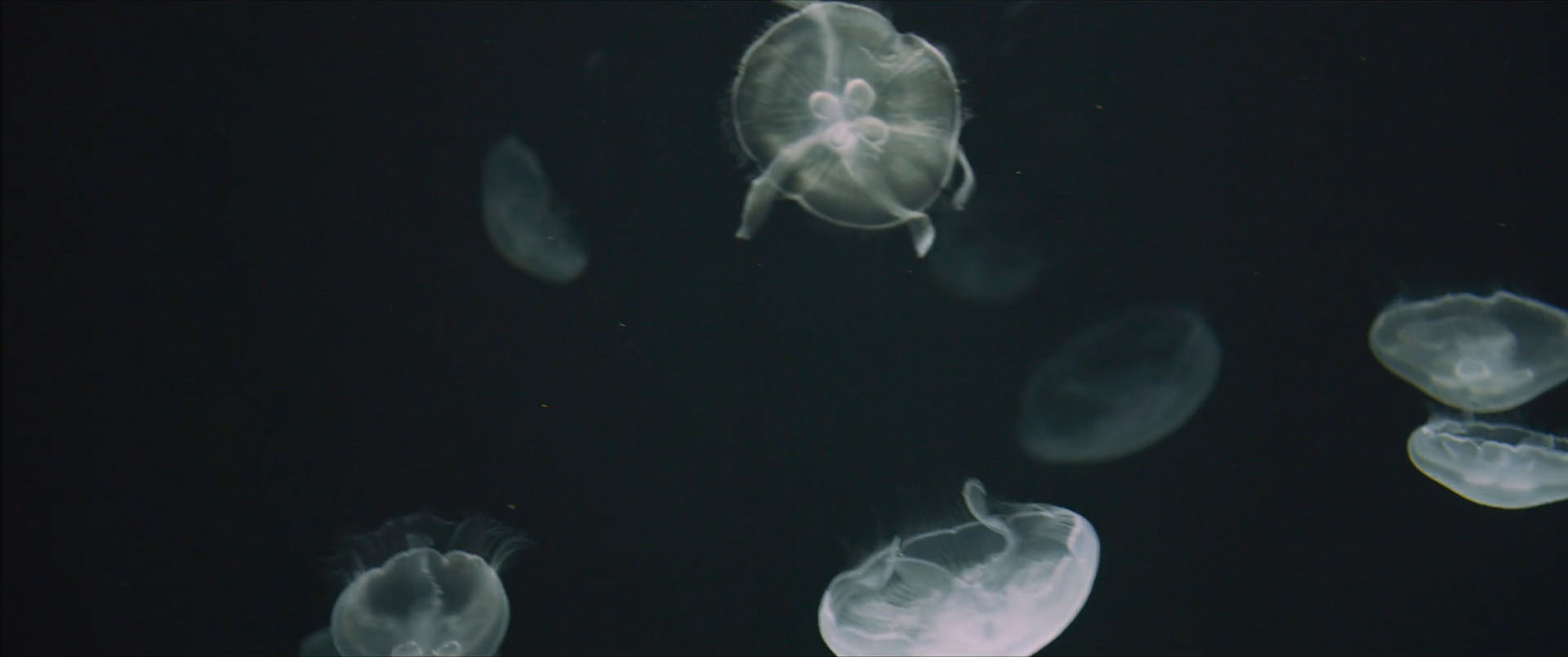



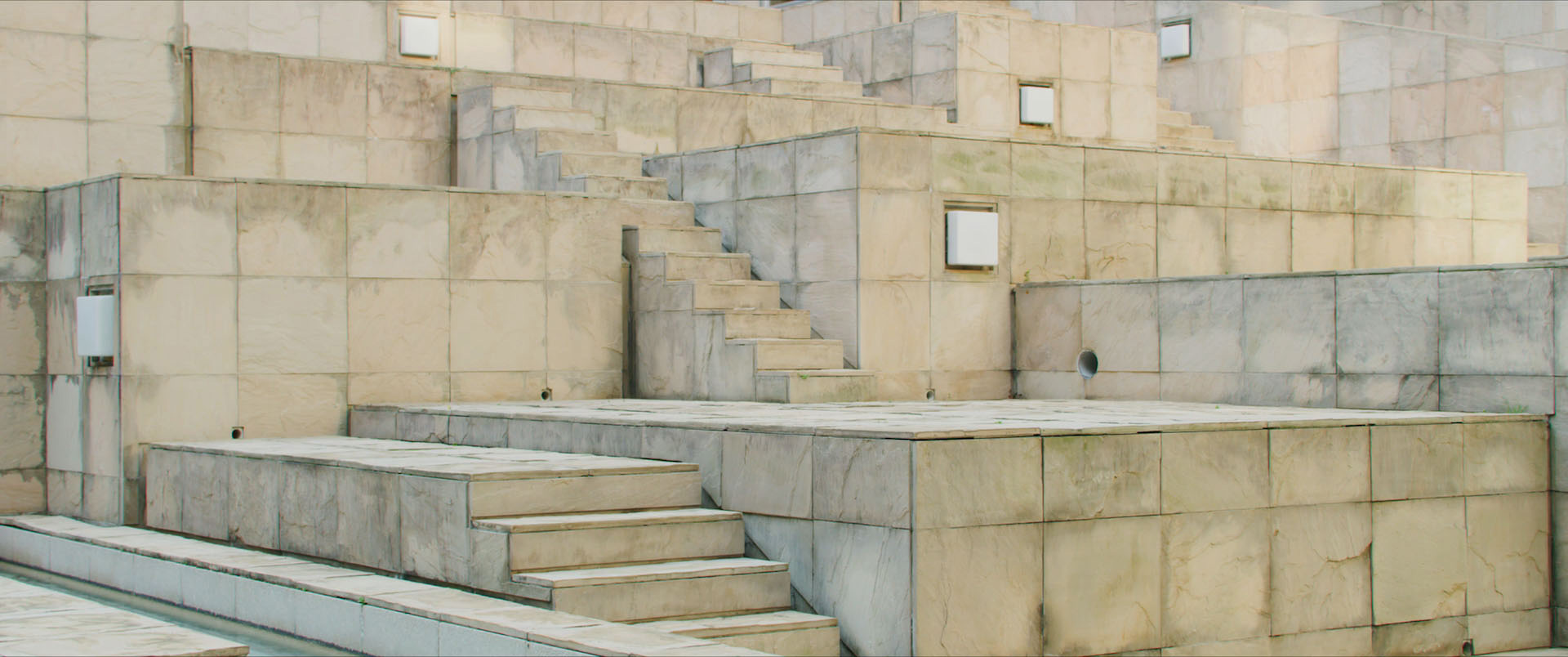
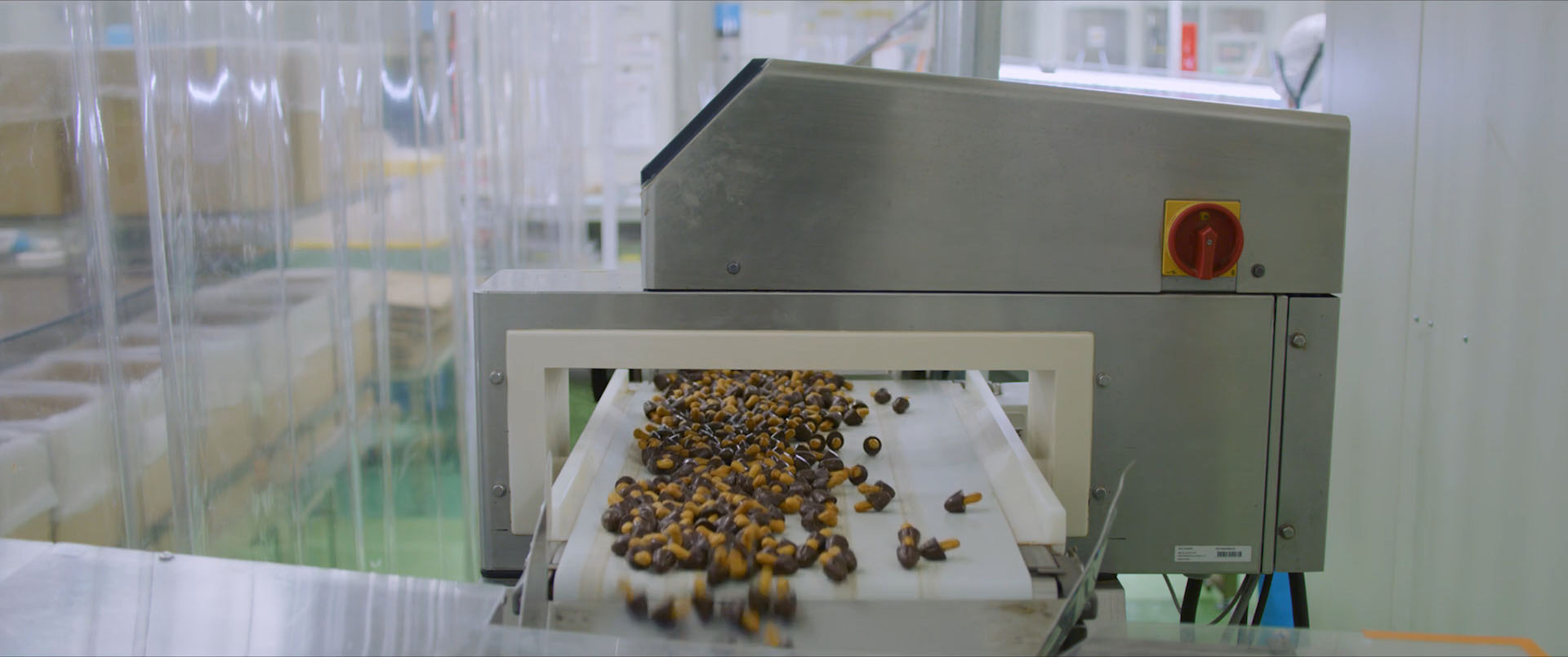
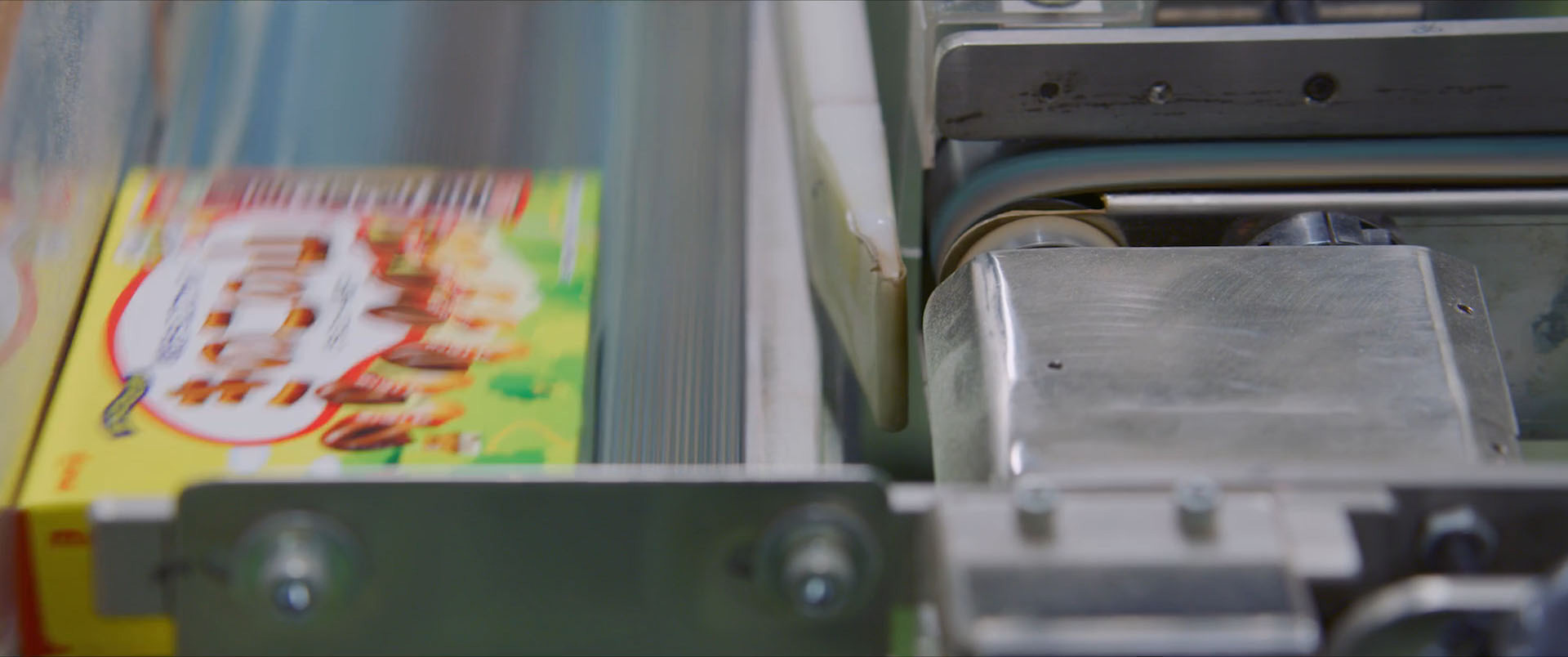
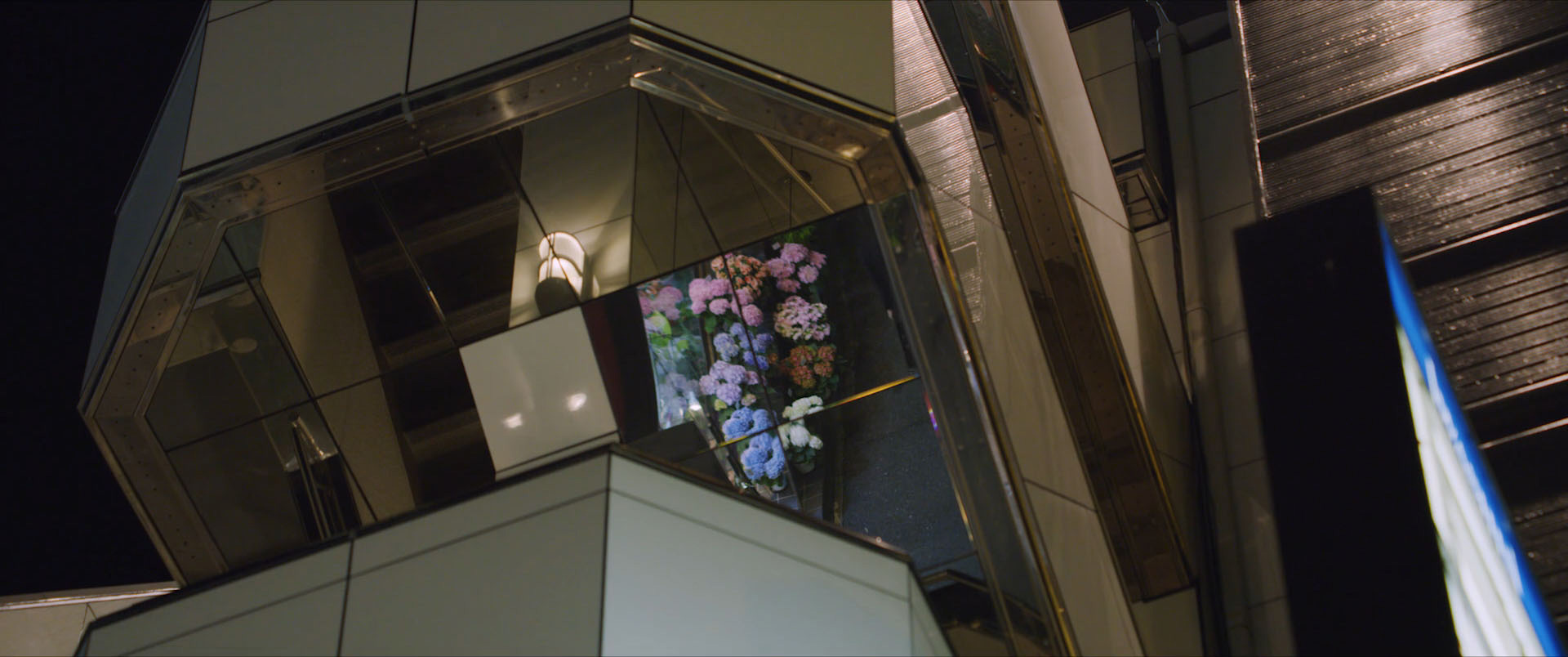
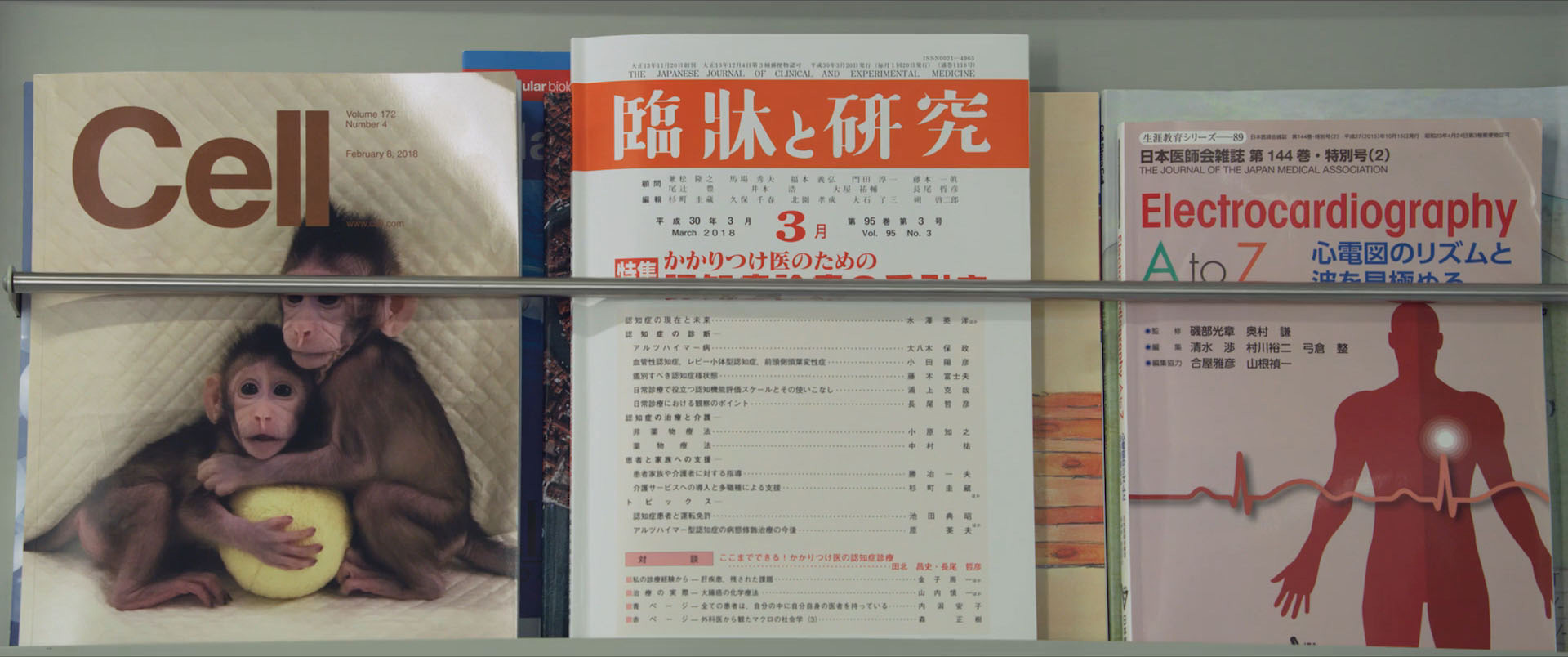



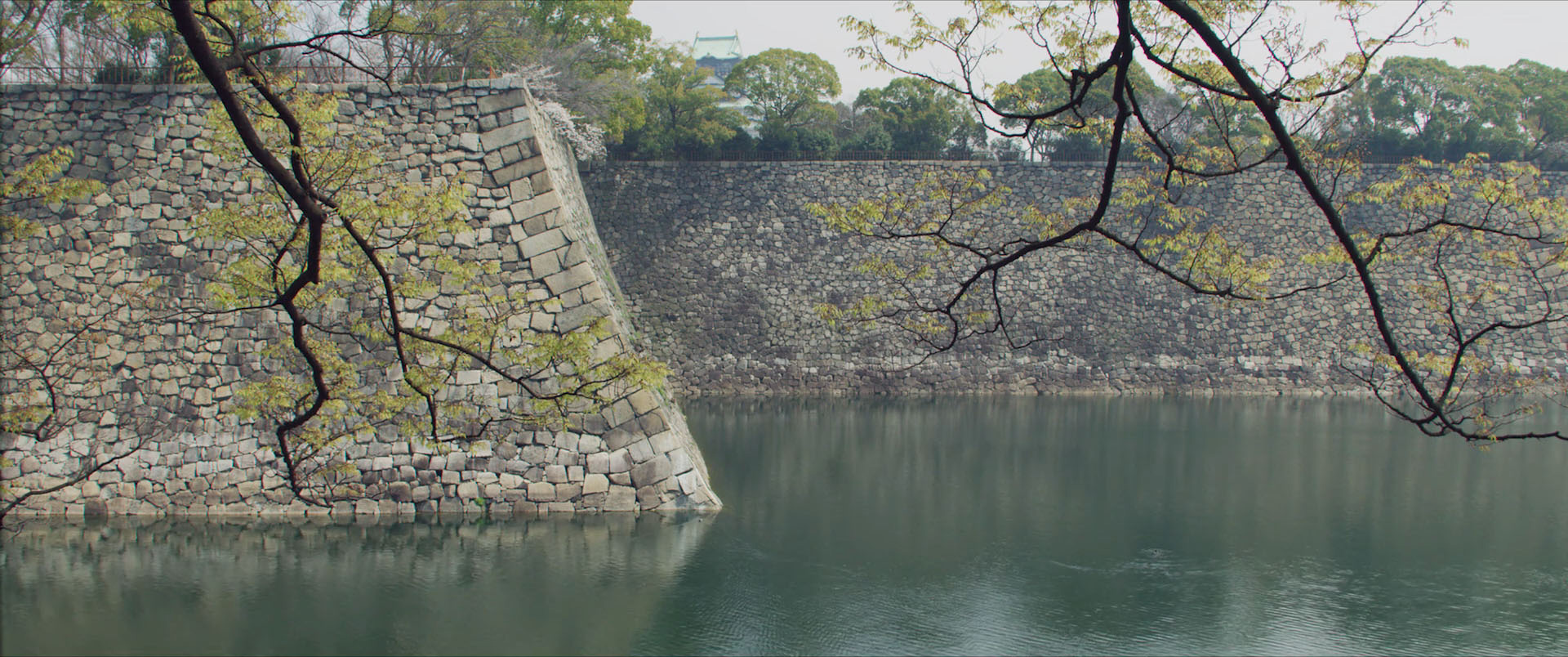
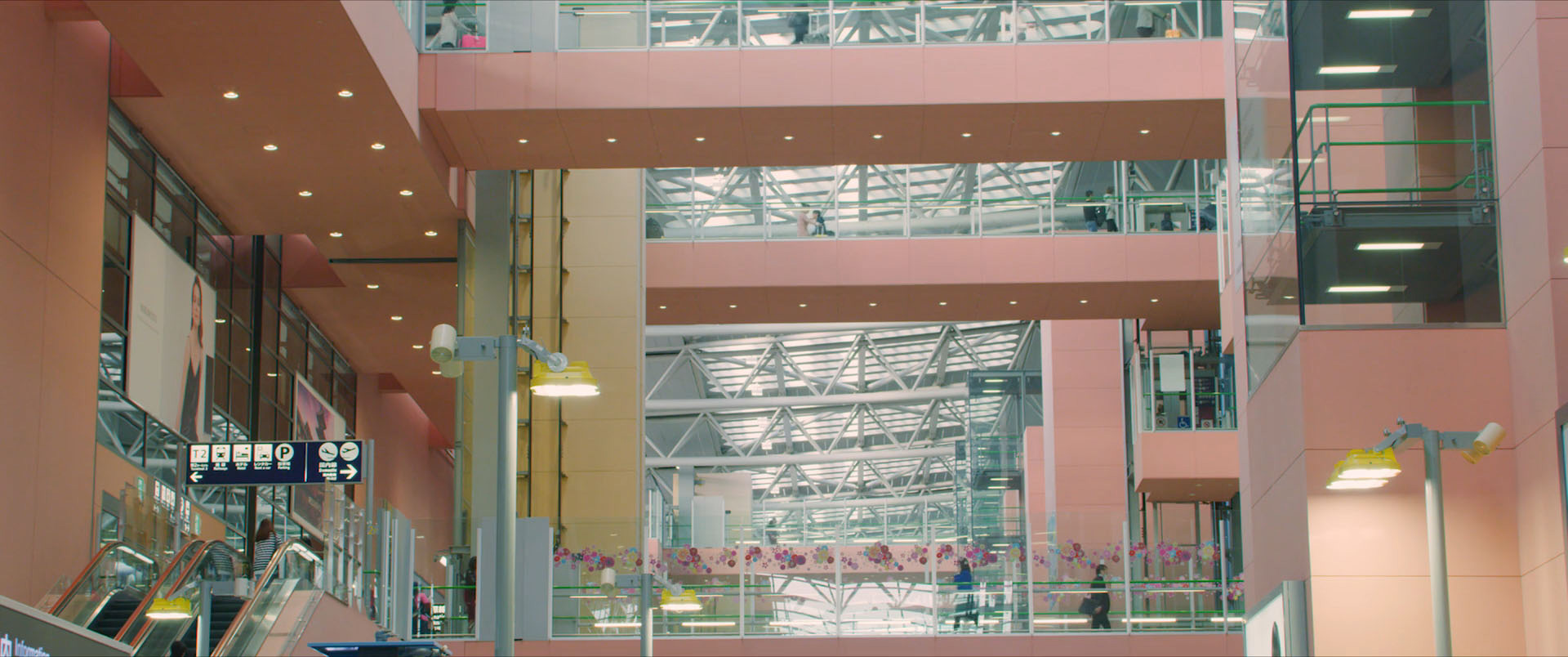



figs.i-xxix
Having previously made films focusing on cities including
Los Angeles, Abu Dhabi, Rio de Janeiro, and Beijing, artist Sarah Morris has
turned her lens onto Osaka. Her 50 minute film treats the
city as a psychological landscape where narrative is eschewed in favour of
poetic montage across various internal and external realms of the metropolis.
Filmed in 2018 as March turned to April and blossom from the city’s Sakura cherry blossom trees began to fall, a Japanese symbole of renewal and optimism, Morris’ film cuts between nature and manmade, micro to macro. At moments, the film reads as a slick study of place, but then a shaky handheld shot, or tightly cropped framing which cuts out the expected focus of a scene, reminds that this is not a promotional film but an artist’s gaze.
Various motifs float in, out, and around the work. Occasional the gaze settles upon clocks, drawing questions around the psychology of time, duration, and how both can feel different within different realms of the city. The camera often pulls in on digital screens, whether in a TV production sweet, advertising billboards, figures gazing into mobile phones, or a 3D rendering of Kansai airport, questioning whether mediation of place can ever fully recognise the meaning or experience of place, a meta-question when framed within such a city symphony as Morris has created.
Editorially, the film jumps between seemingly disconnected urban moments. Dogs in a blossom-filled park segue to the Sakura paint and pastel factory, which abruptly cuts into a TV production complete with a presenter in a bunny costume. We visit a confectionary factory, train station, pan across the industrial skyline from a moving vehicle. All set to a score by artist Liam Gillick, Morris’ ex-partner and who regularly creates the music for her moving image works.
Places reveal themselves slowly. A cinematic pull of focus that starts off with an abstracted detail before pulling out, offering more information to reveal the site of study. The camera focuses on the machine-claw dropping refuse into a pile, then we cut to an mechanical panel of lights, buttons and switches, then we zoom further out to the exterior, and see that both these internal scenes were from the Friedensreich Hundertwasser incineration plant. Similarly, in another sequence we focus on an escalator, pull back to see crowds, notice wheely suitcases, then only through the observation of a digital video screen showing a 3D render of the very building we are inside do we recognise Piano’s Kansai International Airport.
The work flits between the machine-ness and human-ness of the city, both of which seemingly occupy the same physical space concurrently, sometimes overlapping. Morris describes her films as an “open system of coordinates”, with her film acting as a kind of poetic index of place and its occupation at a single moment in time, as the blossom falls.
Filmed in 2018 as March turned to April and blossom from the city’s Sakura cherry blossom trees began to fall, a Japanese symbole of renewal and optimism, Morris’ film cuts between nature and manmade, micro to macro. At moments, the film reads as a slick study of place, but then a shaky handheld shot, or tightly cropped framing which cuts out the expected focus of a scene, reminds that this is not a promotional film but an artist’s gaze.
Various motifs float in, out, and around the work. Occasional the gaze settles upon clocks, drawing questions around the psychology of time, duration, and how both can feel different within different realms of the city. The camera often pulls in on digital screens, whether in a TV production sweet, advertising billboards, figures gazing into mobile phones, or a 3D rendering of Kansai airport, questioning whether mediation of place can ever fully recognise the meaning or experience of place, a meta-question when framed within such a city symphony as Morris has created.
Editorially, the film jumps between seemingly disconnected urban moments. Dogs in a blossom-filled park segue to the Sakura paint and pastel factory, which abruptly cuts into a TV production complete with a presenter in a bunny costume. We visit a confectionary factory, train station, pan across the industrial skyline from a moving vehicle. All set to a score by artist Liam Gillick, Morris’ ex-partner and who regularly creates the music for her moving image works.
Places reveal themselves slowly. A cinematic pull of focus that starts off with an abstracted detail before pulling out, offering more information to reveal the site of study. The camera focuses on the machine-claw dropping refuse into a pile, then we cut to an mechanical panel of lights, buttons and switches, then we zoom further out to the exterior, and see that both these internal scenes were from the Friedensreich Hundertwasser incineration plant. Similarly, in another sequence we focus on an escalator, pull back to see crowds, notice wheely suitcases, then only through the observation of a digital video screen showing a 3D render of the very building we are inside do we recognise Piano’s Kansai International Airport.
The work flits between the machine-ness and human-ness of the city, both of which seemingly occupy the same physical space concurrently, sometimes overlapping. Morris describes her films as an “open system of coordinates”, with her film acting as a kind of poetic index of place and its occupation at a single moment in time, as the blossom falls.
Sarah Morris was born in 1967 in the UK and lives and
works in New York. She has exhibited extensively including solo exhibitions at Ullens Center for Contemporary Art, Beijing (2018); Espoo Museum of Modern Art, Finland (2017); M Museum, Leuven, Belgium (2015); Kunsthalle Bremen, Germany (2013); Wexner Center for the Arts, Columbus, Ohio (2012); Fondation Beyeler, Basel, Switzerland (2008); Museum Boijmans van Beuningen, Rotterdam (2006); Palais de Tokyo, Paris (2005); Hamburger Bahnhof, Berlin (2001); and Modern Art Oxford, UK (1999). Group exhibitions include Solomon R. Guggenheim Museum, New York (2017); Tate Triennial, Tate Britain, London (2003); 25th Bienal de São Paulo (2002); and 4th Site Santa Fe Biennial, New Mexico (2001).
www.sarahmorris.com
Will Jennings is a London based writer, visual artist, and educator interested in cities, architecture, and culture. He has written for the RIBA Journal, the Journal of Civic Architecture, Quietus, The Wire, the Guardian, and Icon. He teaches history and theory at UCL Bartlett and Greenwich University, and is director of UK cultural charity Hypha Studios.
www.willjennings.info
Sarah Morris, Sakura, 2018. HD digital video, 50 min 6 sec. © Sarah Morris
Directed by Sarah Morris
Cinematography: Lukasz Pruchnik
Music: Liam Gillick
Editor: Kjerstin Rossi
Production: Tala Worrell
Sakura was a commission by the Nakanoshima Museum of Art, Osaka, to mark the construction of their new building designed by Endo Architect and Associates. Exhibited in Means of Escape, a solo exhibition by Sarah Morris, 19 November 2021 – 9 January 2022, White Cube Bermondsey, London
images
figs.i-xxix © Sarah Morris
Still image timestamps, in sequential order: 45m 44s,
2m 11s, 41m 30s,
30m 01s,
22m 59s,
43m 44m,
20m 25s, 18m 01s,
17m 50s,
18m 23s,
18m 43s,
45m 50s,
14m 16s,
40m 27s, 40m 52s,
20m 39s,
45m 19s,
39m 12s,
39m 40s, 12m 06s, 3m 11s,
7m 33s,
7m 26s,
5m 55s,4m 43s,
46m 19s,
46m 38s,
21m 18s,
49m 08s. With thanks to the artist and White Cube gallery.
publication date
11 January 2022
tags
Artwork, Film, Japan, Sarah Morris, Osaka, Sakura, White Cube, Will Jennings
Still image timestamps, in sequential order: 45m 44s, 2m 11s, 41m 30s, 30m 01s, 22m 59s, 43m 44m, 20m 25s, 18m 01s, 17m 50s, 18m 23s, 18m 43s, 45m 50s, 14m 16s, 40m 27s, 40m 52s, 20m 39s, 45m 19s, 39m 12s, 39m 40s, 12m 06s, 3m 11s, 7m 33s, 7m 26s, 5m 55s,4m 43s, 46m 19s, 46m 38s, 21m 18s, 49m 08s. With thanks to the artist and White Cube gallery.
publication date
11 January 2022
tags
Artwork, Film, Japan, Sarah Morris, Osaka, Sakura, White Cube, Will Jennings


